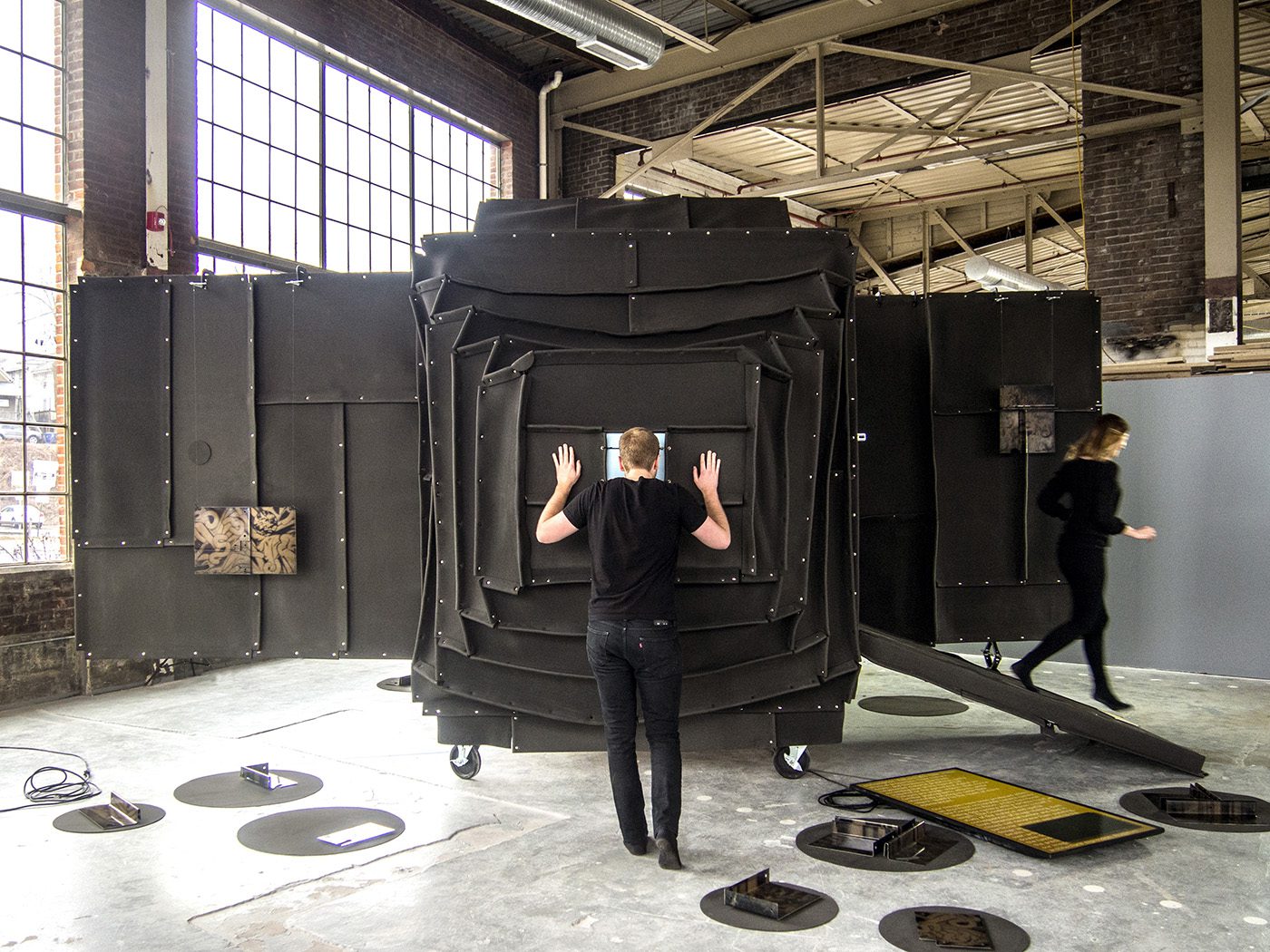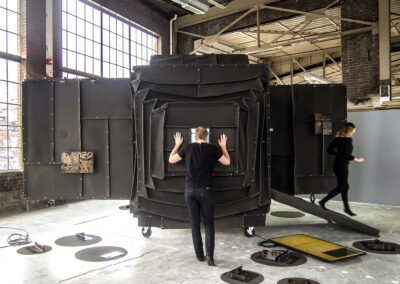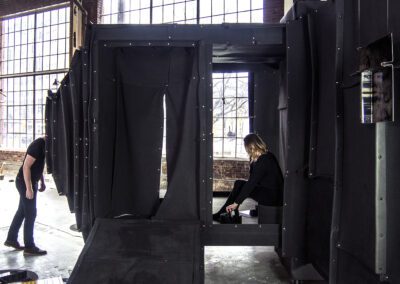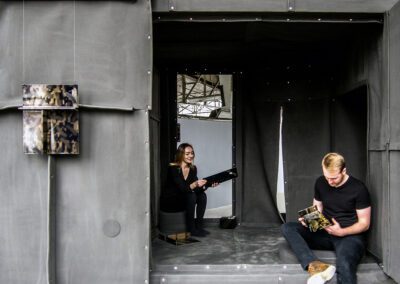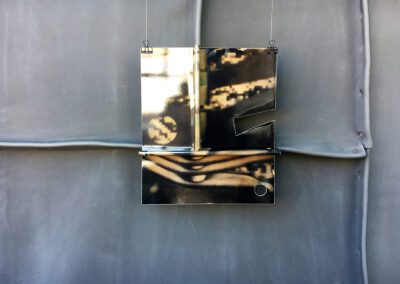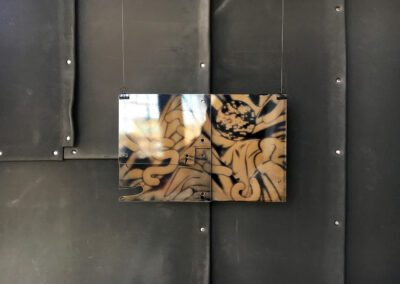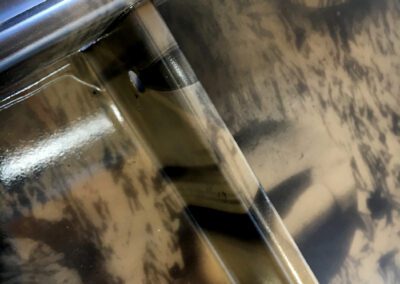Images are everywhere in contemporary culture: illuminated through pixel, embossed in neuron, stored in silicon, and still ever-present in a range of photographic formats. Once theorized primarily as representations of past events or projections of future visions, the sheer ubiquity of images – the amount of physical and virtual space they occupy in our world – demands that they now be understood as objects in their own right. Indeed, images constitute an increasing proportion of the stuff of everyday reality. And yet the matter of images remains underexplored. If images are now a ubiquitous part of our material world, what is the materiality of images? This research seeks to explore this question, following a broad spectrum of theorists from the arts, humanities, and sciences who have recently turned critical attention to the vast proliferation of images within contemporary culture.
Architecture is a uniquely appropriate medium through which to pursue this research. Our every engagement with the built environment is prefigured by expectations colored by images and our contemporary media ecology has tutored architectural audiences in modes of image recognition that are still only dimly understood. Such a context could retool architecture’s historic role as a medium of symbolism and representation. The immediacy and accessibility of image could be exploited to revise prior paradigms of architectural legibility, iconicity, and monumentality, attracting new and heterogeneous audiences. Meanwhile, images have consumed architecture culture and design methodology. While architects continue to produce drawings as their primary instruments of service, we increasingly work in software with raster-logics. We rely on images to perpetuate our disciplinary conversations and to communicate to clients and consultants. The speed and tempo of architectural production has been tuned to the trending Instagram feed. Now more than ever, we live in a house of images. The pixel is the new brick.
Image Matters explores the potential role of the matter of architecture in contemporary image culture. The project recovers the materially-rich early photographic processes of the tintype or ferrotype. This labor-intensive process entails the use of metallic substrates to host layers of chemical and physical reactions, eventually producing a direct-positive photographic image. The resulting prints have unique visual qualities. To contemporary audiences, they might appear strangely familiar. They are unmistakably photographic and yet alteric, sufficiently distinct from the types of images most commonly circulated today to interrupt habitual consumption. Tintypes also have unique physical properties. Their texture, depth, and thickness give them heightened material presence, vastly exceeding that of the typical 5×7 snapshot or the ephemeral digital pic. Tintypes are image-objects that evince familiar photographic effects, while obstinately refusing to cede their object-quality to the realm of mere appearances.
Our tintypes have been produced within an enormous occupiable camera named the Conditions Room, a fully-functional sliding-box camera with a variable focal length. The Conditions Room is itself a study of the material and spatial consequences of image-making. Built from dimensional lumber and clad in closed-cell neoprene foam paneling, particular attention was paid to the design and fabrication of the paneling details. These details are deliberately over-articulated – entailing double-folds and redundancy to elevate the functional necessity of maintaining the precise light qualities required for our imaging process to the level of architectural expression. Aluminum reproductions of these details serve as the substrates for the final products of this first phase of our project. These substrates have been photo-sensitized through the tintype process, producing three-dimensional pieces displaying photographic impressions of digitally manipulated material textures. In these pieces novel relationships emerge between the digital patterns imaged and the material consequences of the tintype process. In one sense, the pieces are Instagram ready – designed to insert themselves within the deluge of image circulation that sets the tempo of contemporary architectural production. In another sense, our pieces are meant to resist habitual consumption. They confuse the flat and the thick; the 2D and 3D; the digital and archaic, all in order to check, disrupt, redirect or slow-down image circulation to secure moments of rare attention.
McLain Clutter, Cyrus Peñarroyo, Michael Amidon, Te-Shiou Chen
A 2019 ACSA Faculty Design Honorable Mention was given to this project.
This project was made possible by a grant from the Taubman College of Architecture + Urban Planning at the University of Michigan.

